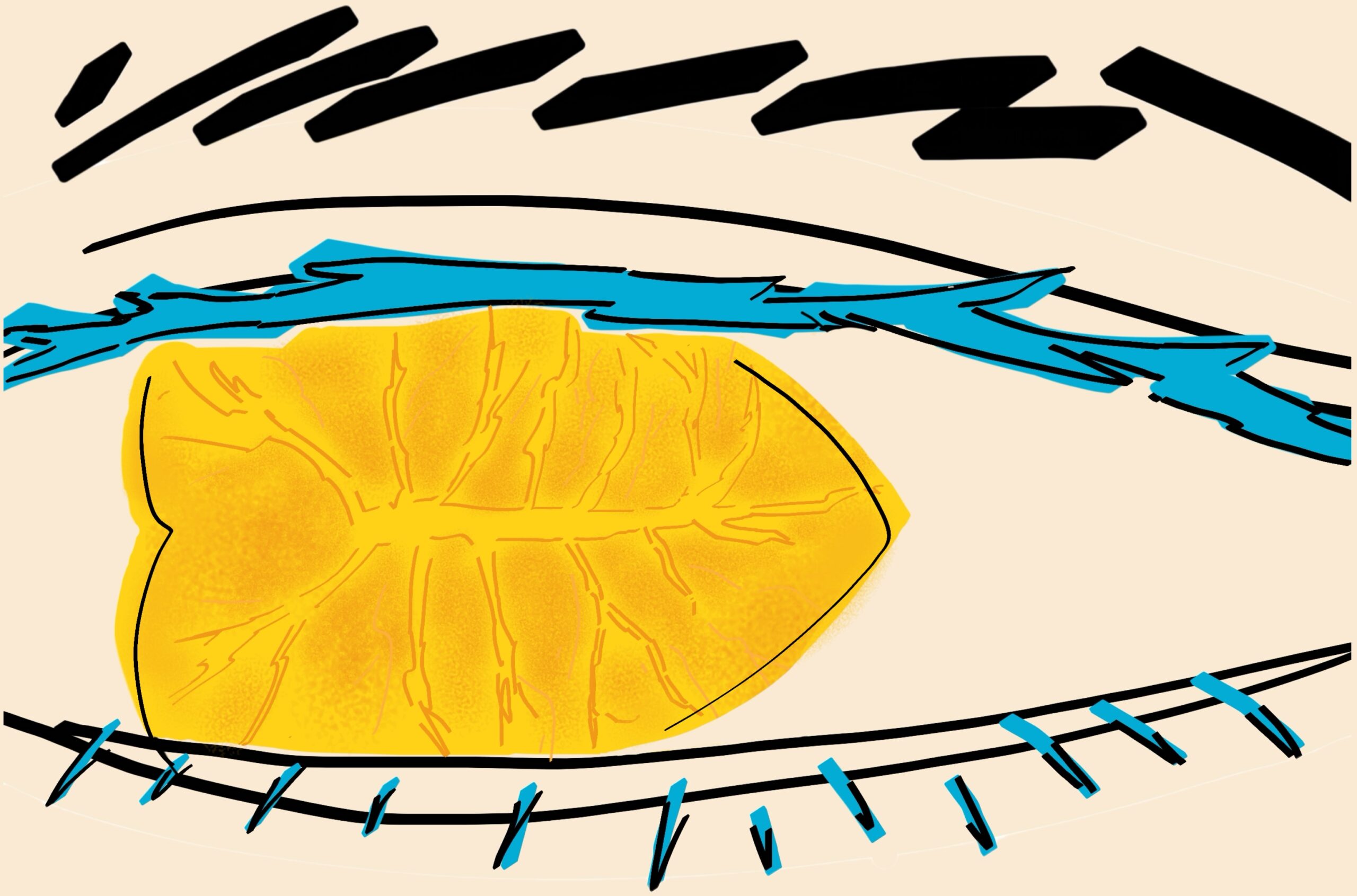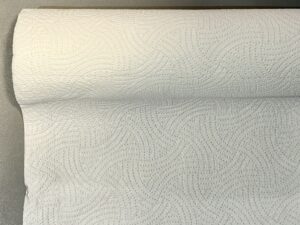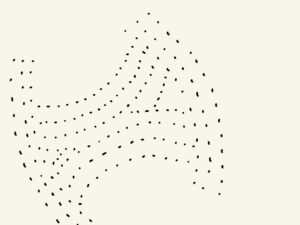Detail Detective: A 20-minute deep observation and collaboration

Summary
My Open Toolkit is a simple and efficient collaborative game for drawing and seeking, designed to cultivate learners’ deep observation skills and space exploration ability. It can be activated at any time, guiding participants to communicate through non-verbal sketches in any everyday environment, capturing often-overlooked details, and completing a journey of discovery, ultimately grow into active observers and explorers of life.
For Whom?
Everyone!
No matter your age, background, or artistic experience!
Just curiosity!
Squat down, Lean in, Squint!
Learn Goals
This open toolkit provides a complete guide from step-by-step rules to reflection, which is a perfect entry point to develop concentration, communication skills and a sense of wonder. Through this open toolkit, you will learn to:
-
Discover and observe, and shift from a passive viewer to an active explorer (turning boredom into curiosity, transforming any space into a gallery full of exhibits!).
-
Recognize that your perceptions and discoveries are always unique and valuable.
-
Realise how collaboration and communication can make you form a richer and more complex perspective and understanding of a space or object.
Preparation
Any setting (indoor or outdoor), a partner, a sheet of white paper, and two pens in different colors (you may also use any digital device that allows simple drawing).
Now, it’s the time to start your own journey of discovery!
Step 1: Wandering and Searching (3 minutes)
-
Take a moment to settle yourself and move around the space to observe.
Notes & Tips:
-
You may start by observing yourselves, then the surrounding environment.
-
Try looking at familiar things from unfamiliar or unusual angles—observe while walking, sitting, squatting, or even lying down.
-
If you finish quickly, I invite you to go a bit deeper: look for something smaller, more hidden, or more complex.
Step 2: Draw the Details (3 minutes)
-
Observe and search around the space independently. Choose and sketch 2 environmental details that catch your attention.
Notes & Tips:
-
Do not draw entire objects or obvious landmarks. Imagine your chosen subject as a close-up shot and you should focus on subtle, interesting, often overlooked details (like textures, shapes, shadows). For example:
A brand logo or bite mark on a pen
A scratch or pattern on a table surface
The grain of a tile on the wall
The shape of a single socket in a power outlet
A worn-down letter on a keyboard key
A flattened leaf on the ground
……
-
Simple line drawings are enough. no need for perfection.
Example 1

Example 1 © 2025 by Yuexuan Wu is licensed under CC BY 4.0

Example 1 © 2025 by Yuexuan Wu is licensed under CC BY 4.0
Example 2

Example 2 © 2025 by Yuexuan Wu is licensed under CC BY 4.0

Example 2 © 2025 by Yuexuan Wu is licensed under CC BY 4.0
-
-
Visually impaired participants may narrow the space and explore details through touch, then draw the corresponding textures. Use your hands as your eyes.
-
Step 3: Swap and Detect (6 minutes)
-
Exchange drawings with your partner and try to locate the source of each other’s sketches.
Note:
-
If you really can’t figure out what detail your partner drew, first describe what you think it might be, and then ask for a hint.
-
Once you find the correct detail with that hint, try to reflect on what you learned from misinterpreting your partner’s drawing? For example, how is this detail different from your original impression (in proportion, texture, context, etc.)? Did you notice anything different about the way someone else observes?
Misunderstanding is part of the detective process—it shows how each of us sees things differently.
Step 4: Collaborative Reflection (5 minutes)
-
Share what you found and how you felt. You can discuss using the following questions:
Individual
-
Did anything surprise or interest you during the process?
-
How did you feel when your partner found the detail you drew?
-
Had you noticed these details before? Why did you choose them? What do your choices show your preferences and focus?
Collaboration
-
Which line or shape in your partner’s drawing helped you most in finding the detail?
-
What was the hardest part of the search? What was your biggest misunderstanding?
-
If your partner drew it again, what could they add to help you find it faster?
-
What did you discover through your partner’s eyes that you had missed? Why is it often ignored by you?
Insight & Connection
-
Looking around now, does anything stand out more than before?
-
Did this game change how you see a familiar space? Does the space feel richer or more meaningful now?
-
How can this “detail detective” skill be useful in your study, work or life (For example, doing experimental observation, reading charts, appreciating art works, paying attention to the emotional changes of friends, etc. )?
Step 5: Draw an Attention Map (3 minutes)
Now, I invite you to create an “attention map” together! This map will record the traces of your shared looking—it shows where your attention met and where it drifted apart.
-
On a blank sheet of paper, sketch a simple layout of the space where the activity took place. It can be rough or abstract—just an overall shape. For example, you might only include the corner of a wall, a door, a window, or a table.
-
Next, each person uses a different color to mark the locations of the details they observed.
-
Finally, begin connecting your marks with lines or shapes:
-
Use solid lines to connect overlapping areas (details you both noticed or found for each other).
-
Use dotted or curved lines to connect areas of difference (things you noticed but your partner didn’t).
-
Use arrows or small symbols to highlight places where “misunderstandings” happened.
-
While drawing, you may also discuss:
“Where did we see the same things?”
“Where were we completely different?”
“Why did our attention go to different places?”
-
When you finish, give the map a title together (for example, Crossed Gazes, The Room We Saw, Unseen Corners). This title acts as both a conclusion and an artistic statement of your “shared observation”.
Detail Detective: A 20-minute deep observation and collaboration © 2025 by Yuexuan Wu is licensed under CC BY 4.0
(Cover © 2025 by Yuexuan Wu is licensed under CC BY 4.0)


